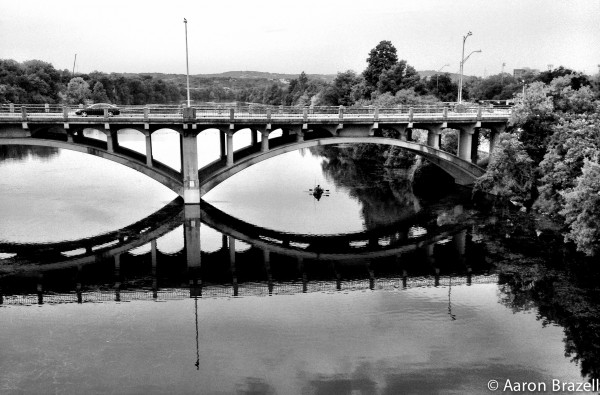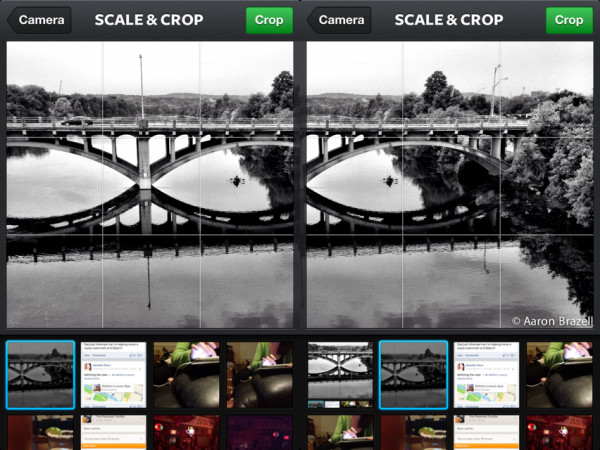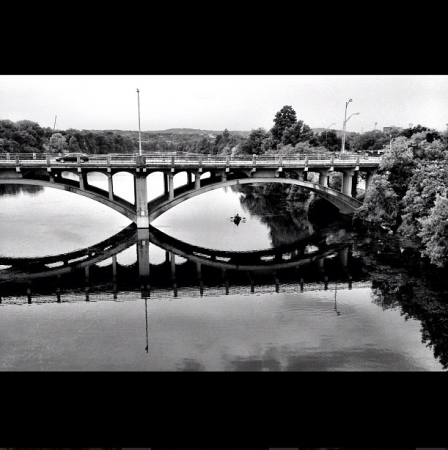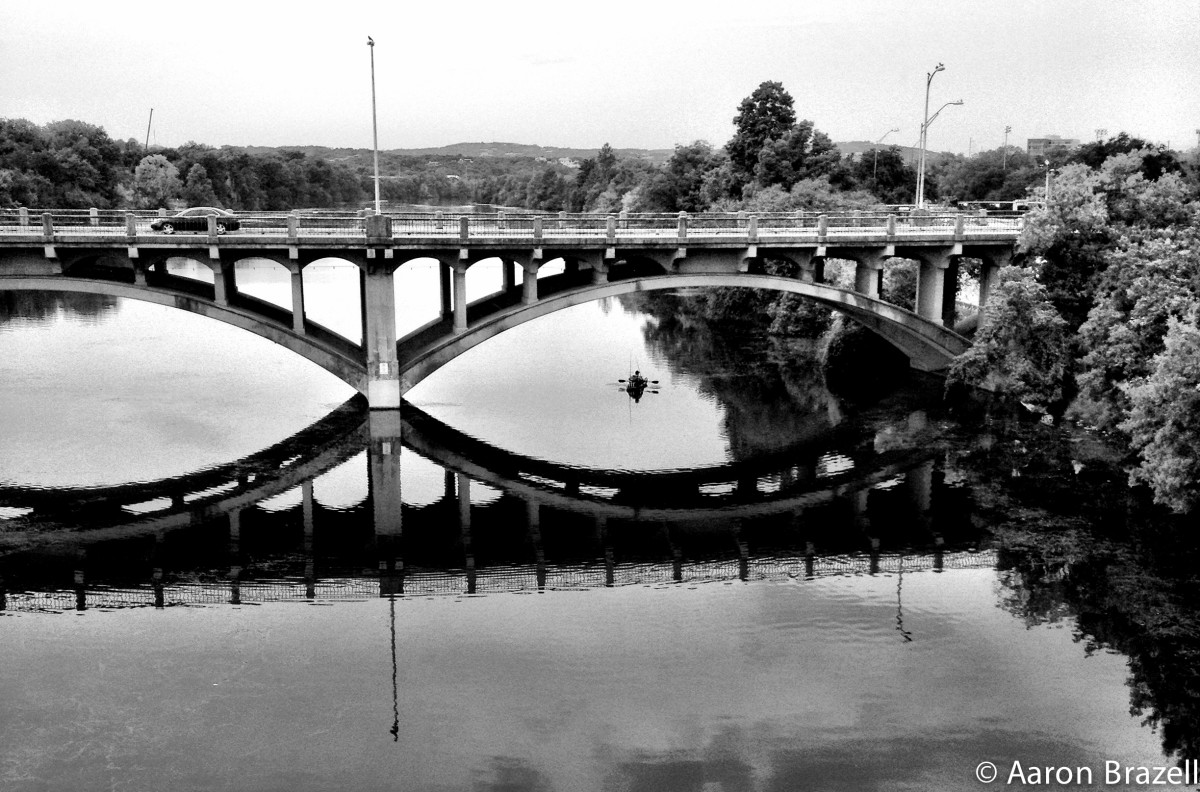I’m a photographer and I use both my iPhone 4S and my Digital SLR to take photos.
There’s a difference between taking pictures and taking photos, however, and the nuance is an important thing to understand. When you raise a camera and snap a photo, unless you’re paying attention to things like composition, lighting, depth of field, aperture, shutter speed and ISO, you’re taking a picture. If you’re doing all of those things (or reasonably close to all those things), you are safely in the category of “doing photography”.
One is casual. The other is intentionally art (whether good art or not is a subjective matter that shouldn’t be handled in this post).
Art doesn’t have to be Pablo Picasso or Ansel Adams or John Lennon. It doesn’t have to have a philisophical meaning or intent. Art is the expression of the Artist on an outward medium. Or in the case of photography, it is more simply the interpretation of what the eyes sees into a likeness in film or in digital media. Photography as art cannot be done haphazardly. That’s how people get caught in the trap of buying a $2000 camera and wondering why their photos suck. Because there is no context of movement, sound, smell or touch, the essence of a point in time must be captured entirely visually. If it’s done right, it’s art because care, intent and a degree of skill are needed to translate the moment into a snapshot.
Photographers work hard to get this right. It takes a perceptive eye, a knowledge of the equipment, lighting and composition to make a great piece of art in the form of a photograph.
I thought this was about Instagram?
This is about Instagram. Instagram’s app used to allow the user to upload a photo that did not fit a strict “square” format and pinch and squeeze to resize and get an entire photo in. While this was not as aesthetically pleasing as it could have been, it gave the photographer the ability to use the entirety of a photo and the composition nuances in it.
The new app does not allow for this zoom and strictly enforces a square model. The Next Web covers some of the pushback and takes the opposite side as me – that it’s high time Instagram enforce a square photo.
Take this photo as an example. I love this photo of Downtown Austin from across the S. Lamar St Bridge. The composition here is extremely important. The reflection of the bridge in the water, the trees and of course the kayaker under the bridge make this photo what it is. Here is my post-production piece.

However, what happens with Instagram? I have to scroll to one side or the other or find a happy medium in the middle for this photo.

I realize, of course, that many users hate to see black bars across the top of the Instagram photo, as it was the day I posted my photo to Instagram!
 However, this is the balancing act that Instagram has to consider. While creating a photography app for the masses, the need to keep photographers on board is essential. The new app takes away the artistic prerogative and choice from the artist and puts discretion in the hands of the masses. Last time I checked, the masses don’t shoot my photos, edit my photos, make artistic choices about my photos or have the same skills or style that I possess as an artist.
However, this is the balancing act that Instagram has to consider. While creating a photography app for the masses, the need to keep photographers on board is essential. The new app takes away the artistic prerogative and choice from the artist and puts discretion in the hands of the masses. Last time I checked, the masses don’t shoot my photos, edit my photos, make artistic choices about my photos or have the same skills or style that I possess as an artist.
I choose what my photos look like. I use Instagram to publish because it has two things: an audience and a distribution vehicle. When I post to Instagram, I push my photos to both Twitter and Facebook. I chose this even with the artistic limitations that it offered before this app update (namely the “letterbox” that goes with the photos that don’t fit into a square format).
One can argue that Instagram had to make a business decision, perhaps inline with the desires of their Facebook overlords. I guess that argument can be made. But removing artistic license abilities of artists who are using the platform is a terrible idea. Imagine if Twitter had said, back in 2007, that they had this platform that could only be used with 140 characters because it was built for use over text message and, since that was their original idea, and the colonial approach to the short message service was the only appropriate way of consumption, then text messages would be the only method of use allowed.
That is, in fact, exactly what Instagram has said indirectly, and what the Next Web article (linked above) advocates. Hey, photography used to be limited to a square format because it was the cheapest way to do it. Yeah… and then we got 35mm film which opened up a 4:3 ratio. And then we got digital that opened photographers to new technologies to create different formats, styles and use different concepts to create art.
Imagine if all our music sounded exactly the same way as the Beatles did in the 60s. Would there be any evolution to music? Of course not, because every artist would sound exactly the same way, use exactly the same cadence, write lyrics that epiphanize the exact same mindset that existed in the 60s and generally would be boring today – and I’m a big Beatles fan!
Returning to a square format is not a bad thing. There are vintage schools of thought in every format of art, fashion, music and culture. But that doesn’t mean that every artist should be forced to adopt such styles. That makes photography boring and conformist. That’s not why we do photography!

